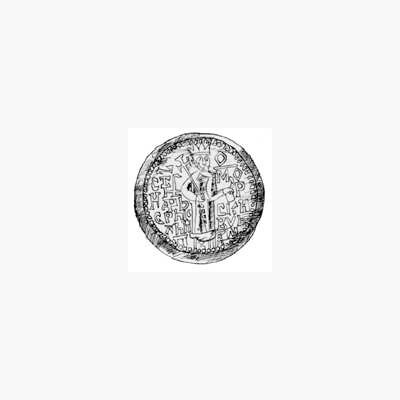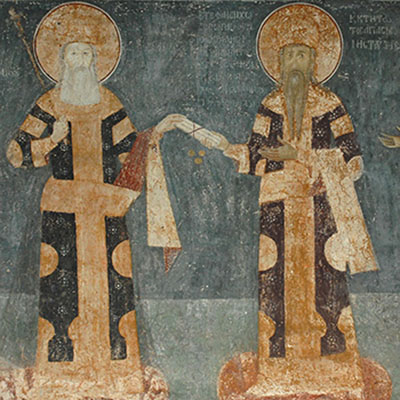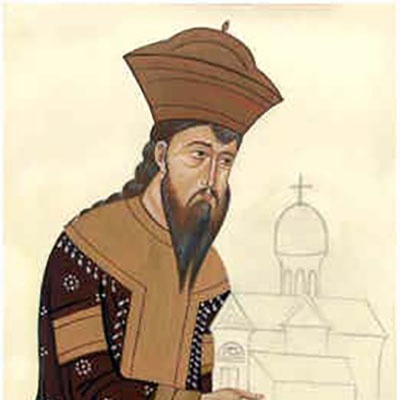SERBIAN MEDIEVAL HISTORY
By Radmilo Bozinovic
There were many factors that contributed to the forming of a Serb national identity by the dawn of the nation-building 19th century. These are all largely based on three key legacies that can be traced back to the Middle Ages.
- Original Slavic tradition, customs, and mindset, as were brought with Serbs from their ancestral homeland.
- The Orthodox Christian medieval state, with its splendid spiritual and material monuments.
- The Kosovo battle epic and myth embodied in the vibrant oral tradition of the subsequent centuries of foreign occupation.
Timeline of Serbian Medieval History
Serbian medieval history is divided into six distinctive periods:
- The Early Centuries (ca. 500 - ca. 1000)
- The First Kingdom (1000 - 1168)
- The Balkan Power (1168 - 1321)
- The Pinnacle (1321 - 1366)
- The Decline (1366 - 1402)
- The Final Chapter (1402 - 1496)
According to Porphyrogenitos, Serbs originally used to live in what was called White Serbia (neighboring White Croatia) in present-day Poland; then, in the early 7th century, half the population migrated to the Balkans under the leadership of two brothers. There, after some indecision, they accepted emperor Heraclius' invitation to settle in a broad area of the central peninsula, called "Baptized Serbia" - probably in reference to early attempts to convert them to Christianity.
Early on, Serbs created several loose state entities: the region of Neretva (Pagania) between rivers Neretva and Cetina, with the islands of Brac (pr. brahch) and Korcula (KOR-chu-la); Zahumlje (ZAH-hoom-lye), between Neretva and Dubrovnik, with the island of Mljet (pr. mlyet); Travunija (trah-VOO-nee-ya; related to the town name Trebinje) and Konavle between Dubrovnik and Boka Kotorska Bay; Duklja (DOO-klya; later called Zeta, then finally Montenegro), between Boka and river Bojana (BO-ya-na); further inland, Raska (RAH-shka) and later Bosnia (between the rivers Drina and Bosna).
Start ReadingSerbian Monasteries
Serbian history throughout the Middle Ages closely parallels that of the Byzantine Empire which at different times acted as a mentor, ally, and foe of Balkan Slav nations including the Serbs. Indeed, the Byzantine heritage that permeated this millennial intercourse allowed Serbs to share in, and eventually contribute to the civilization Sir Dimitri Obolensky calls the "Byzantine Commonwealth". Serbian cultural treasures from this era are indeed plentiful. Most often they are reflected in the centers of spiritual life - the medieval Serbian Orthodox churches and monasteries, with their sublime appearance inside and out - and with the values promulgated and treasures preserved within them: principally frescoes, icons, and other objects of fine art, ecclesiastic, biographical and legal manuscripts, and literary works.
START READING
Serbian History Through Coinage

Byzantine Coinage

Serbian Medieval Royal Attire
Others
More Information
BLAGO Content
While the content of the BLAGO Fund collections is free to use, there are also some restrictions on commercial use and proper attribution of the material. Follow the links below for more information.
> BLAGO Collections License
> Image Request
BLAGO Fund also accepts the contribution of material. Please contact us with any material you wish to publish on our website.
Contact
BLAGO Fund, Inc.
PO Box 60524
Palo Alto, CA 94306
USA
info@blagofund.org

